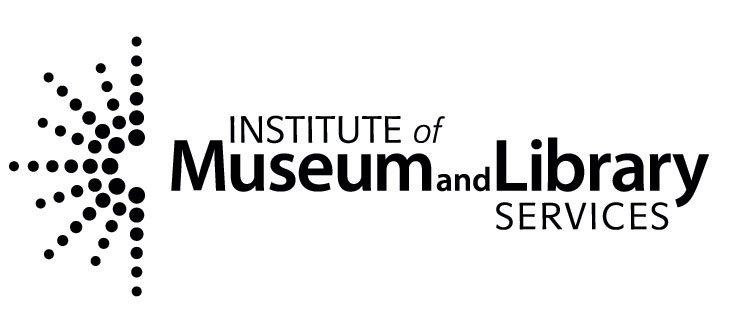
The purpose of this LibGuide is to help tell the story of our research project. It also provides a gathering place for documents and data generated from the ABE/ESL Research Project - Summer 2019.
Research Question: Will ABE/ESL students increase language acquisition and learn to enjoy reading in English using a special collection of library resources collaboratively created through a strategic partnership between the Library and ABE/ESL departments?
 This project was made possible in part by the Institute of Museum and Library Services, Washington State Library OSOS No. IG-593
This project was made possible in part by the Institute of Museum and Library Services, Washington State Library OSOS No. IG-593
December 2018 – Research Proposal & Planning meeting w/ key stakeholders
January 9th, 2019 – Leadership group planning meeting
Winter term 2019 - email conversations
Winter term 2019 – project delay due to illness
Spring term 2019 –
Leadership group planning meetings continue
Research Team Meetings begin
May 22nd, Notification of funding for ABE/ESL Library collection
May – June 2019 Purchase $13K worth of graded readers
July 2019 – Research Project begins
August 2019 – Research Project ends at the end of the summer term
August/September 2019 - Ongoing data entry, reflection & analysis
September - Wrap up meetings - Presentation creation & review
The ABE-ESL Research Team met weekly to review and plan the next week's research.
Faculty allow students to choose their books from a special collection of graded readers. Students are given time to read in class and asked to fill out a Reading Reflection form asking details about the book, their reading enjoyment level, and a summary of the story. This form is completed for each book, weekly, whether or not the student has finished the book. Students who are reading faster than one book a week, are asked to fill out this form for each book they read.
Each week the students answer different Research Questions. These change every week based on our Faculty Research Team's weekly discussion.
Week 1: Research Questions about motivation and barriers to reading.
Week 2: Research Questions about genre likes and dislikes.
Week 3: Research Questions about students' reading history.
Week 4: Research Questions about the value and impact of reading.
Week 5: Research Questions about successfully encouraging others to read
Quantitative Data: Student's "feelings" about reading are recorded by using a smiley face Likert scale. Their choices are assigned a value, which is then recorded as a number in the data. We hope to show increasing enjoyment over time using this measure.
We also collaboratively “coded” some of the written answers from students to get our data.
We also planned to show language acquisition by measuring the change in students' CASAS scores. There were some serious limitations we encountered by choosing CASAS as a measure.
Qualitative Data: Students own words are recorded exactly. That data is reviewed by the principal researcher who then creates a draft "coding rubric" which is brought to the larger Research Team for evaluation. Upon agreement of the group - this instrument is used to review and "score" the students' reflections. We hope to show common themes that appear in students reflections to gain better insight into our research question.